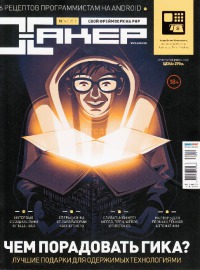
Аннотация
Scientific and numerical computing is a booming field in research, engineering, and analytics. The revolution in the computer industry over the last several decades has provided new and powerful tools for computational practitioners. This has enabled computational undertakings of previously unprecedented scale and complexity. Entire fields and industries have sprung up as a result. This development is still on going, and it is creating new opportunities as hardware, software, and algorithms keep improving. Ultimately the enabling technology for this movement is the powerful computing hardware that has been developed in recent decades. However, for a computational practitioner, the software environment used for computational work is as important as, if not more important than, the hardware on which the computations are carried out. This book is about one popular and fast growing environment for numerical computing: the Python programming language and its vibrant ecosystem of libraries and extensions for computational work.
Computing is an interdisciplinary activity that requires experience and expertise in both theoretical and practical subjects: a firm understanding of mathematics and scientific thinking is a fundamental requirement for effective computational work. Equally important is solid training in computer programming and computer science. The role of this book is to bridge these two subjects by introducing how scientific computing can be done using the Python programming language and the computing environment that has appeared around this language. In this book the reader is assumed to have some previous training in mathematics and numerical methods, and basic knowledge about Python programming. The focus of the book is to give a practical introduction to computational problem solving with Python. Brief introductions to the theory of the covered topics are given in each chapter, to introduce notation and remind readers of the basic methods and algorithms. However, this book is not a self-consistent treatment of numerical methods.
To assist readers that are not previously familiar with some of the topics of this book, references for further reading are given at the end of each chapter. Likewise, readers without experience in Python programming will probably find it useful to read this book together with a book that focus on the Python programming language itself.







Комментарии к книге "Numerical Python"